Conservatorships and guardianships in Minnesota are set up specifically to provide much needed protection to protected persons. They are often used for people with disabilities, senior citizens, and any other person who is unable to handle financial decisions (which is where conservators come in) or living arrangements and medical decisions (which is where guardians come in). While it’s the duty of conservators and guardians to act in the best interest of the protected person, addition protection is usually warranted should the appointed person not fulfill their duties.
The following protections are available to help protected people:
Court Appointed Conservators/Guardians
Selecting a conservator or guardian is not as simple as choosing a person and signing the paperwork. Whether the conservator or guardian will be a person or a professional organization, they must be approved and appointed by the court. A court hearing is usually required, and either the proposed ward or protected person must appear (unless they waive their right). The person being appointed must also complete a background check.
The court will also supervise the guardianship or conservatorship and may supervise the trust of the protected person, should one be established. Anytime a change will be made to a conservatorship or guardianship, notice must be given to the court and all parties, including the protected person.
Audits and Other Requirements
All conservators must file annual accountings with the courts and are subject to conservatorship audits. These audits can be thorough and are conducted to make sure the protected person’s finances are not being mismanaged or are subject to fraud.
Conservators and guardians are also required to submit several documents each year that include a Personal Well-being Report (which outlines the protected person’s mental, physical and social condition), an Annual Notice of Rights (which notifies the protected person of their rights), and an Affidavit of Service (which certifies that the Personal Well-being Report and the Annual Notice of Rights have been delivered to the protected person and filed with the court).
The Minnesota Adult Abuse Reporting Center (MAARC)
MAARC is a free service that allows people to report suspected fraud and abuse of protected persons. If suspect a protected person is being abused or taken advantage of, call 1-844-880-1574. You can also notify the courts. If you suspect danger is imminent, don’t hesitate to contact the police.
Surety Bonds
In most conservatorship and guardianship cases, a surety bond will be required by the courts. While surety bonds will not stop fraud or abuse from taking place, they are the only way to provide a protected person with financial recompense should something go wrong. They are complex forms of insurance, but the process of obtaining them can be greatly simplified by working with the right surety bond agency. If you need a bond for your conservatorship or guardianship, contact The Patrick J. Thomas Agency today.
Disclaimer: this is for informational purposes only and is not intended to be legal advice. If you need legal counsel, please contact an attorney directly.
